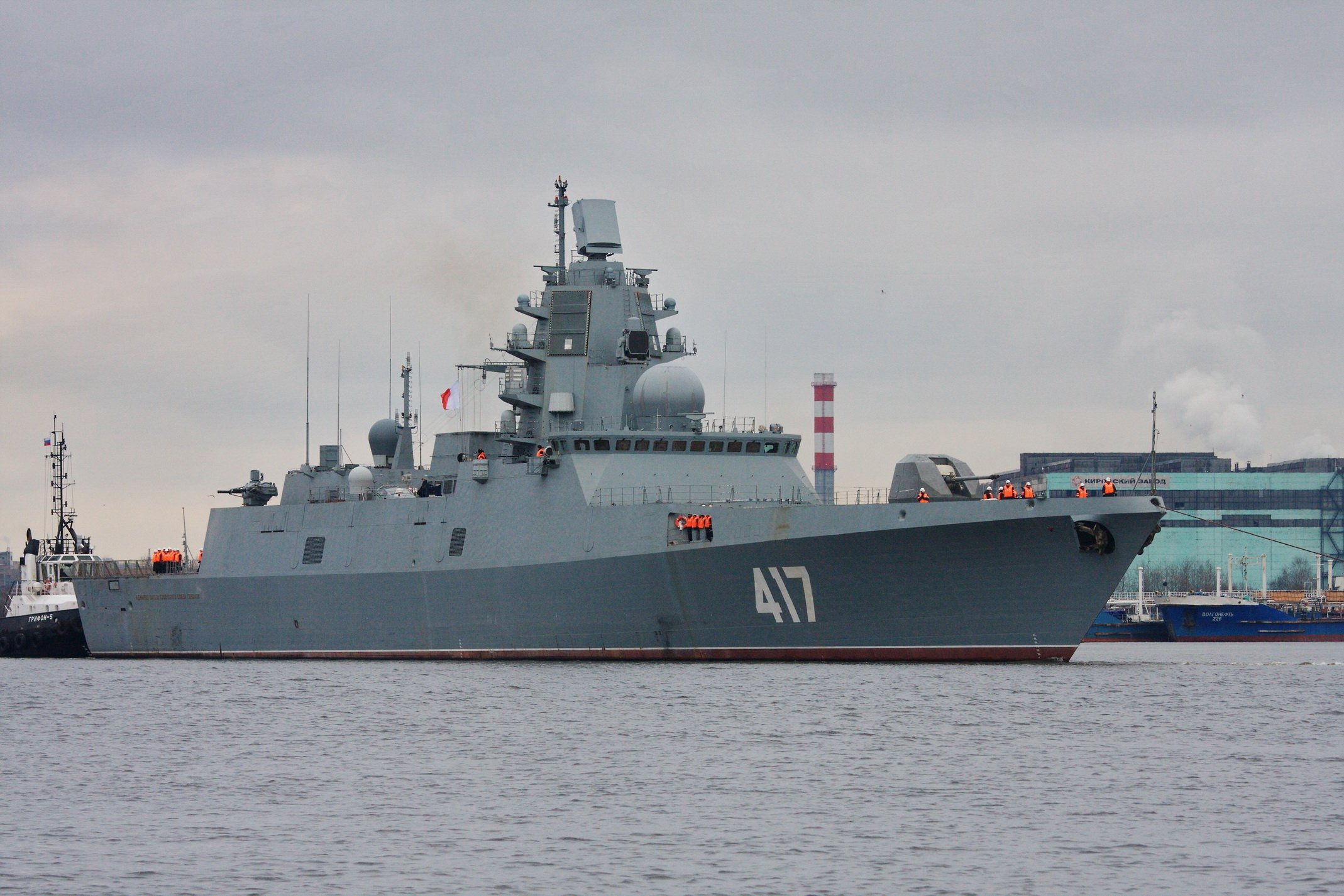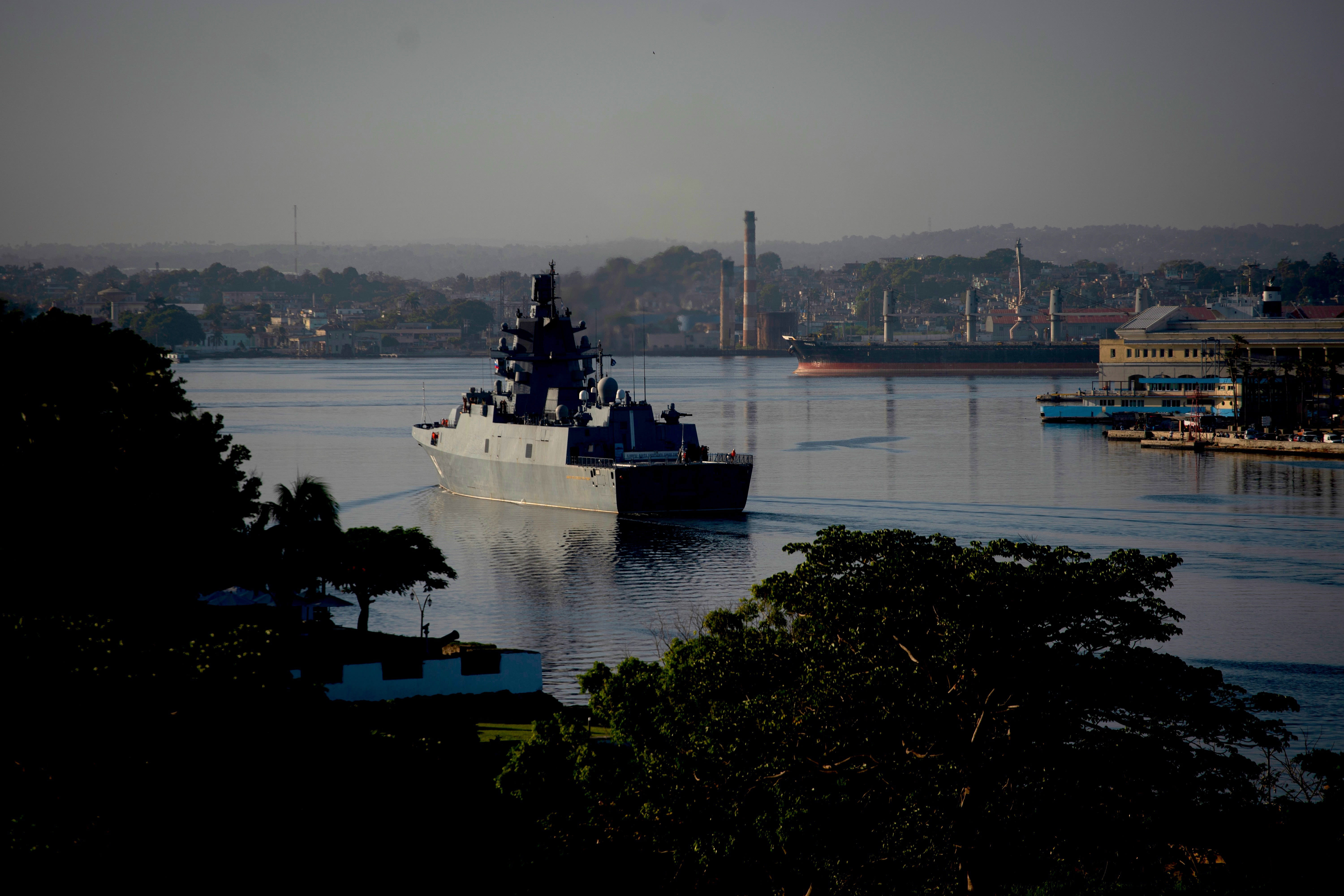Historical Presence and Significance: Russian Navy Cuba

Russian navy cuba – The Russian Navy’s presence in Cuba has been a significant aspect of the two countries’ relationship throughout history. The Soviet Union, the predecessor to the Russian Federation, first established a naval presence in Cuba in 1962, during the Cuban Missile Crisis. The presence of Soviet nuclear missiles in Cuba led to a tense standoff with the United States, which ultimately resulted in the removal of the missiles and a reduction of tensions between the two superpowers.
The recent incident involving the Russian Navy off the coast of Cuba serves as a stark reminder of the geopolitical tensions that continue to simmer beneath the surface. Meanwhile, in the realm of social media, the firing of a TikToker has sparked a heated debate about the boundaries of free speech and corporate responsibility.
As the Russian Navy’s presence in Cuban waters highlights the fragility of global stability, the TikToker’s dismissal underscores the complexities of navigating the digital landscape in an increasingly interconnected world.
Following the collapse of the Soviet Union, the Russian Navy’s presence in Cuba declined significantly. However, in recent years, Russia has sought to re-establish its naval presence in the region, with the aim of strengthening its geopolitical influence in the Caribbean and Latin America.
The presence of the Russian Navy in Cuba during the Cold War was a major geopolitical event, heightening tensions between the United States and the Soviet Union. However, this tense standoff also inspired artistic interpretations, such as the intriguing work of Solomon Choi , whose “16 Handles” series captured the complexities of the situation through abstract expressionism.
The evocative brushstrokes and vibrant colors in Choi’s paintings reflect the uncertainty and anxiety surrounding the Russian Navy’s presence in Cuba, creating a unique perspective on this historical event.
Motivations and Objectives
The Russian Navy’s presence in Cuba has been motivated by a number of factors, including:
- Strategic location: Cuba’s location at the crossroads of the Caribbean Sea and the Gulf of Mexico makes it a strategically important location for naval operations.
- Access to ports: Cuba has a number of deep-water ports that can accommodate large naval vessels, including nuclear submarines.
- Political and economic ties: Russia and Cuba have long-standing political and economic ties, which have been strengthened in recent years.
The Russian Navy’s presence in Cuba provides Russia with a number of benefits, including:
- Increased naval presence in the Caribbean and Latin America: The Russian Navy’s presence in Cuba allows Russia to project power in the region and to respond to potential threats to its interests.
- Improved intelligence gathering: The Russian Navy’s presence in Cuba provides Russia with improved intelligence gathering capabilities in the region.
- Support for Russian allies: The Russian Navy’s presence in Cuba provides support for Russia’s allies in the region, such as Venezuela and Nicaragua.
Impact on Cuba’s Geopolitical Landscape
The Russian Navy’s presence in Cuba has had a significant impact on Cuba’s geopolitical landscape. The presence of Russian naval vessels in Cuban ports has helped to deter potential threats to Cuba’s security, and has also strengthened Cuba’s ties to Russia. Additionally, the Russian Navy’s presence in Cuba has provided Cuba with access to advanced military technology and training, which has helped to improve Cuba’s military capabilities.
Strategic Implications
The Russian Navy’s presence in Cuba has significant strategic implications for both countries and the wider Caribbean region. It provides Russia with a foothold in the Western Hemisphere and enhances its ability to project power in the region.
For Cuba, the presence of the Russian Navy serves as a deterrent against potential threats from the United States. It also provides Cuba with access to advanced military technology and training, which strengthens its defense capabilities.
Impact on Regional Security
The Russian Navy’s presence in Cuba has raised concerns about its impact on regional security. Some experts argue that it could lead to an increase in tensions between Russia and the United States, potentially destabilizing the Caribbean region.
Others argue that the presence of the Russian Navy could actually help to stabilize the region by deterring potential conflicts. They point to the fact that Russia has no history of aggression in the Caribbean and that its presence is primarily aimed at protecting its interests in the region.
Balance of Power
The Russian Navy’s presence in Cuba has also shifted the balance of power in the Caribbean. Traditionally, the United States has been the dominant military power in the region. However, the presence of the Russian Navy has challenged this dominance, creating a more multipolar security environment.
This shift in the balance of power could have significant implications for the future of the Caribbean region. It could lead to increased competition between Russia and the United States for influence in the region, potentially leading to instability.
Current and Future Developments

The Russian Navy maintains a small but symbolic presence in Cuba, primarily consisting of a floating dock and a few support vessels. The dock is used for ship repairs and maintenance, while the support vessels provide logistical support to the Russian fleet in the Caribbean.
In recent years, there have been no significant changes in the Russian Navy’s operations or deployments in Cuba. However, there have been some ongoing discussions between Russia and Cuba about expanding the Russian naval presence on the island. These discussions have focused on the possibility of Russia establishing a permanent naval base in Cuba, which would allow it to project power more effectively in the region.
Potential Future Scenarios, Russian navy cuba
There are a number of potential future scenarios for the Russian Navy’s presence in Cuba. One possibility is that Russia will continue to maintain a small but symbolic presence on the island. This would allow it to maintain a foothold in the region and to project power in the Caribbean. Another possibility is that Russia will expand its naval presence in Cuba, establishing a permanent naval base. This would give Russia a much greater ability to project power in the region and to challenge US dominance in the Caribbean.
The future of the Russian Navy’s presence in Cuba is uncertain. However, it is clear that Russia is interested in maintaining a presence on the island. This is likely to continue to be a source of tension between Russia and the United States.
The Russian Navy’s presence in Cuba during the Cold War was a major flashpoint in the superpower rivalry. In the aftermath of the Cuban Missile Crisis, the Soviet Union withdrew its nuclear missiles from the island, but it continued to maintain a naval presence there.
This presence was a source of concern for the United States, which feared that it could be used to launch an attack on the United States or its allies. The presence of the Russian Navy in Cuba also had a significant impact on the region, including on the relationship between Mexico and Brazil.
Both countries were concerned about the potential for conflict between the United States and the Soviet Union, and they worked together to try to prevent it.
The Russian Navy’s presence in Cuba during the Cold War had a profound impact on global politics. It also brought to light the complex geopolitical dynamics of the time, including the ongoing rivalry between the United States and Brazil. USA vs Brazil had been a topic of debate for decades, and the presence of the Russian Navy in Cuba only served to intensify the tensions between the two nations.
As the world watched anxiously, the Russian Navy’s presence in Cuba became a symbol of the Cold War’s dangerous brinkmanship.
The Russian Navy’s presence in Cuba during the Cold War was a major source of tension between the United States and the Soviet Union. The Soviet Union’s deployment of nuclear missiles to Cuba in 1962 brought the world to the brink of nuclear war.
Today, the Russian Navy no longer has a permanent presence in Cuba, but it does conduct occasional exercises in the Caribbean Sea. For more information on soccer games today, please visit soccer games today. The Russian Navy’s current focus is on modernizing its fleet and developing new weapons systems.
